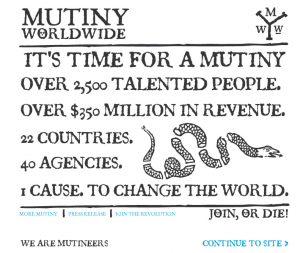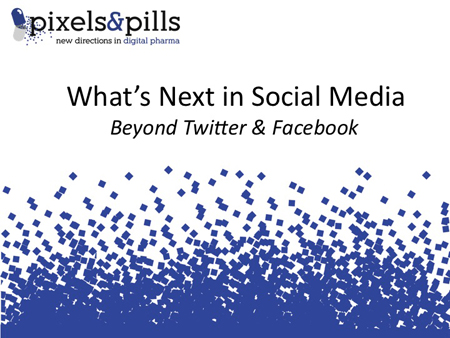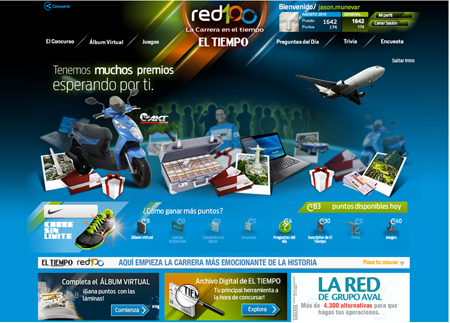Zemoga is a proud member of SoDA, the Society of Digital Agencies. Last week, we lent our technical and creative expertise to an elaborate prank that the organization played on the rest of the advertising industry. Were you in on it or were you one of our many victims?
Here’s the full press release from SoDA describing our April Fools hijinks!
April Fools’ Day Prank on Ad Industry Revealed
(April 4, 2011) Who hasn’t been the subject of an April Fools’ Day joke? It has been 15 years since fast food chain Taco Bell caused a stir among the media and the general public by announcing that it had purchased the Liberty Bell, redubbing it the Taco Liberty Bell. Taking that lighthearted approach to a global level, the Society of Digital Agencies (SoDA) announced on the evening of March 31st that 40 of its member agencies had merged into the largest digital agency in the world.
The ficticious Mutiny Worldwide proclamation was debunked shortly thereafter by SoDA on the association’s website (www.sodaspeaks.com), but not before sparking a deluge of media coverage and responses from ad industry insiders across Europe, North America, South America and the Asia-Pacific region. Digirati across the globe were roused by the announcement, but ultimately woke up to enjoy the SoDA prank. Said one Canadian agency executive, “F#@! you guys got me. I forwarded this to our president and told him it was significant. He caught the joke.”
The story was picked up by media outlets with over 38.5 million followers and sparked a chain reaction of conversations across micro blogs, blogs, message boards, and traditional media sites. As a result, traffic to the SoDA website spiked ten-fold on April 1st.
“The very fact that such a large group of our member agencies across four continents came together to orchestrate the Mutiny Worldwide stunt in record time underscores SoDA’s organizational unity and our members’ ability to have a little fun,” said Steve Glauberman, CEO of Enlighten and SoDA Board Member.
“This type of cohesion extends directly to SoDA’s actual work as a voice for digital marketing professionals worldwide to advance the industry through best practices, education and advocacy,” commented Andrew Howlett, President/CEO of Rain and SoDA Board Member. “SoDA’s stature and influence are clearly on the rise, and Mutiny Worldwide was just a small precursor to a wave of substantive efforts the organization will begin rolling out on an international level this year,” added DJ Edgerton, CEO of Zemoga and SoDA Board Member.
Collectively, SoDA member agencies have over $350 million in combined annual revenues, offices in 22 countries and in excess of 2,500 staff members. “While there is no doubt strength in numbers, we are shaping the future of digital marketing by exercising our collective power as a network of peers rather than merging into a single business entity,” explained Daniel Conner, CEO of StruckAxiom and SoDA Board member.
Participating agencies included: Achtung, B‐Reel, BEAM, BLITZ, Colmeia, Colossal Squid Industries, Dare North America, Deep Focus, Domani Studios, Effective UI, Enlighten, Evolution Bureau, Exopolis, Firstborn, Fluid, Fuel Industries, Fullhouse, Geary Group, GRAPE, Gringo, Hush, IE, IQ, Magnani Caruso Dutton, Obscura Digital, Odopod, Perfect Fools, Phenomblue, Profero, Rain, Reactive, Resn, Rockfish Interactive, SOAP Creative, Soleil Noir, Stimulant, StruckAxiom, Terralever, WDDG Funtank and Zemoga.
“We had a little fun with the Mutiny Worldwide stunt in order to cast a light on the tremendous vibrancy and reach of our organization, as well as our tireless efforts to advance the digital marketing industry through thought leadership, best practices, the development of shared SoDA standards, partnerships and knowledge exchange,” said Tony Quin, CEO of IQ and Chairman of SoDA.
About SoDA
Envisioned by CEOs of award‐winning digital marketing and design
agencies, SoDA was established with the mission to advance the
digital industry through best practices, education, and advocacy.
For more information, visit
www.SoDAspeaks.com.
###
CONTACT:
Kendyll Picard
Communications Coordinator
Kendyll.Picard@sodaspeaks.com









